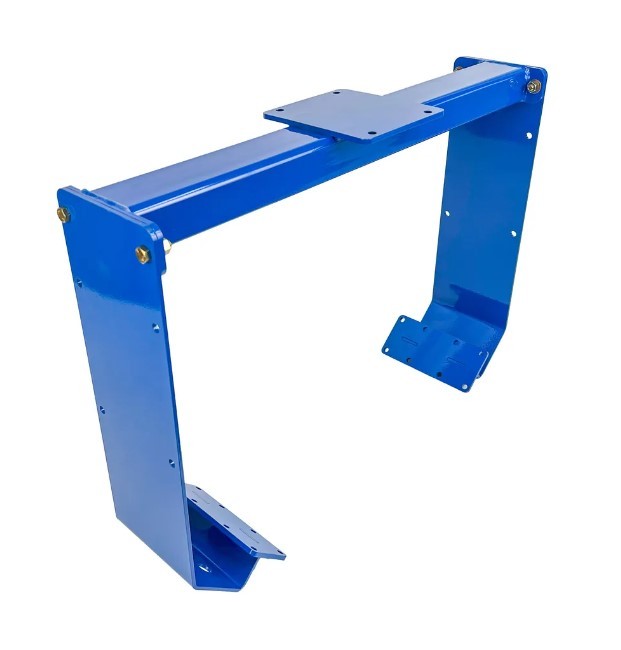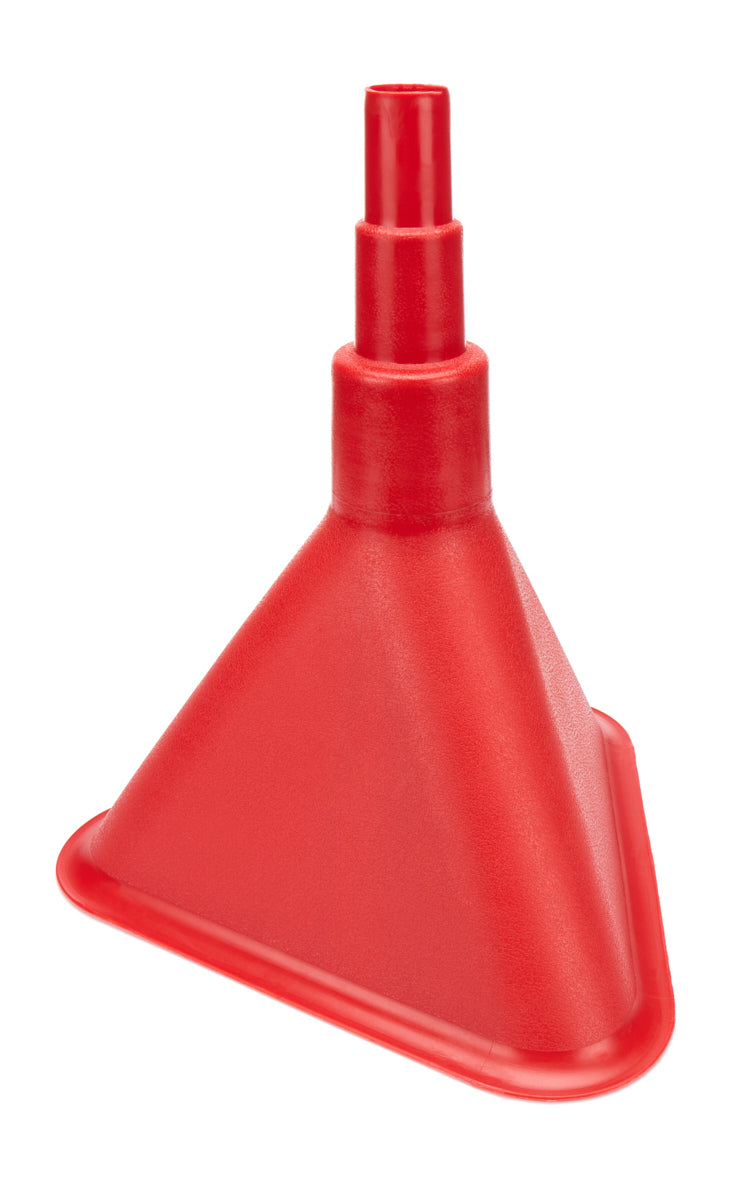Let’s Talk Shocks: Why They Matter and How to Choose the Right Ones
Shocks are one of the most overlooked components on a car, yet they play a critical role in how your vehicle handles, accelerates, and plants power to the ground. In the simplest terms, shocks control the motion of your suspension. They keep the car from bouncing excessively and help maintain the tire’s contact patch with the road—something that matters whether you’re cruising, drag racing, or carving cones at an Autocross.
No matter what type of build you’re working on—street, strip, or road course—proper shock selection is essential. For this article, we’re going to zoom in on the performance side: drag racing and Autocross. Both forms of racing demand maximum traction and consistent weight transfer, and your shock choice can make or break your setup.
One Shock Doesn’t Fit All
Most shocks on the market are designed to fit a wide variety of applications. That sounds convenient… until you need your suspension to do something specific.
A street-focused car that only sees the track a few times a year usually doesn’t need specialty valving or high-end adjustability. But once you’re seriously chasing ETs at the drag strip or shaving tenths at an Autocross, generic shocks just don’t cut it. Drag racing and Autocross require completely different rebound and compression characteristics.
Understanding Anti-Squat and Rear Suspension Behavior
On a torque arm suspension, it will actually lift under hard acceleration. This phenomenon is called anti-squat. You want enough anti-squat to keep the rear from squatting on launch, but not so much that the car becomes uncontrollable.
Here’s the classic drag-strip scenario: the car leaves hard, hooks, then spins before 60 feet out. That usually means one of two things:
-
Too much anti-squat
-
Not enough rebound in the shocks
You can adjust anti-squat with the torque arm—this is why remote-mount torque arms have multiple mounting positions. A higher front mount increases anti-squat. But even with perfect anti-squat geometry, inadequate rebound valving will let the suspension rise too quickly and unload the tires.
In Autocross, that same rear rebound setting controls how the car behaves under braking. Too much rebound and the rear will want to rotate as you enter a corner. Once the car is loaded up mid-corner or at corner exit, compression becomes the more important factor. Too much compression can make the car loose exiting a turn; too little, and the car won’t plant the rear tires on acceleration.
Front Shock and Strut Behavior
The front suspension plays just as critical a role.
For Drag Racing:
-
Rebound: Should be soft on launch to allow weight transfer to the rear tires.
-
Compression: Needs to firm up as the car moves down-track to keep the weight from shifting forward too quickly.
This controlled rise and fall of the front suspension maximizes forward traction and helps maintain consistency.
For Autocross:
-
The front shocks help keep the front tires planted during aggressive cornering and while transitioning through slaloms or braking zones.
-
Increasing compression slows the forward weight transfer and stabilizes the rear of the car as you enter corners.
-
Once compressed, rebound helps control how quickly the front rises, maintaining stability through the corner and after braking.
Choosing the Right Shock Brand
If you’re serious about performance, it pays to buy shocks that are built for the type of racing you’re doing—not just what’s convenient to bolt on.
Here’s the breakdown:
-
Ridetech: Offers handling- and ride-quality-focused shocks designed for Pro-Touring style driving.
-
Penske: High Quality, High Customizable shock, Monotube design and ultra-high end with a high price point.
-
Viking: Among the most customizable shocks on the market. Every set is built to order and dyno-tested before it ships. Spring rates for their coilovers are spec’d individually per customer.
Why We Recommend Viking (Most of the Time)
We’re dealers for every major shock brand that supports these cars—KYB, Koni, QA1, JRI, AFCO, Viking, Motion Control, and more. We can match you with whatever fits your build, goals, and budget.
That said, we’re big advocates of Viking for a simple reason: attention to detail.
Each Viking shock set is:
-
Built to order
-
Dyno-tested before shipping
-
Shipped complete ready to install
-
Delivered with a comprehensive tuning guide
This makes dialing in your car easier—whether you're at a cold concrete pad, a sticky drag strip, or an abrasive road course. Track surfaces, temperatures, tire compounds, and driving style all influence ideal settings, and Viking’s adjustability gives you the range you need to hit your setup target.
Ready for an Upgrade?
If you’re shopping for shocks, upgrading your suspension, or chasing better track times, we can help you get the right setup for your goals. Whether it’s KYB, Koni, QA1, JRI, AFCO, Viking, or Motion Control, we’ll make sure you get the best solution for your car.
Don’t hesitate to reach out before your next race—or your next mod session.




